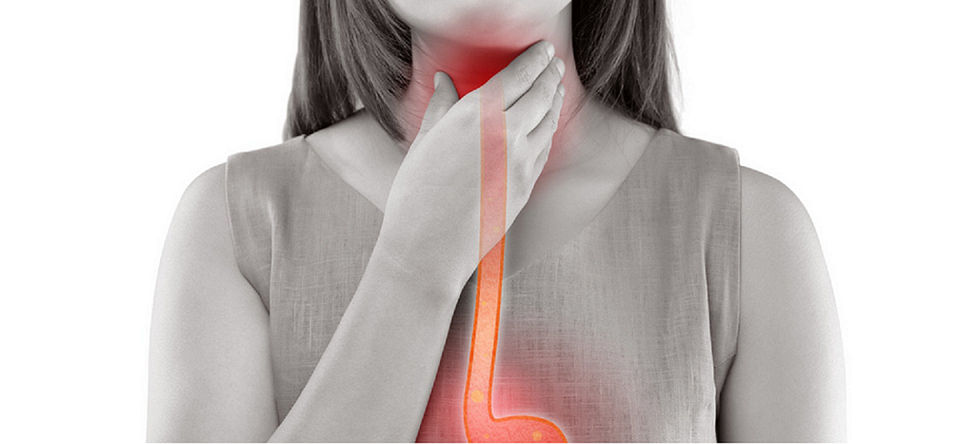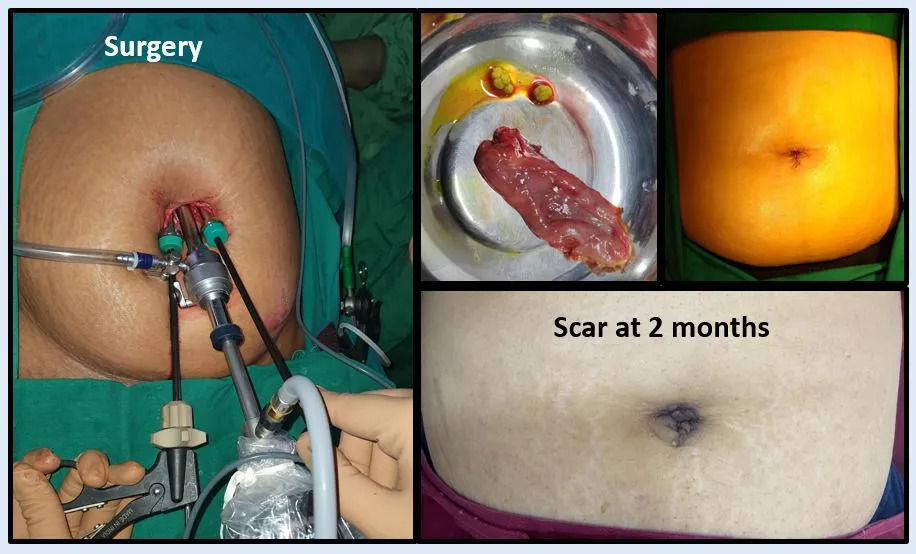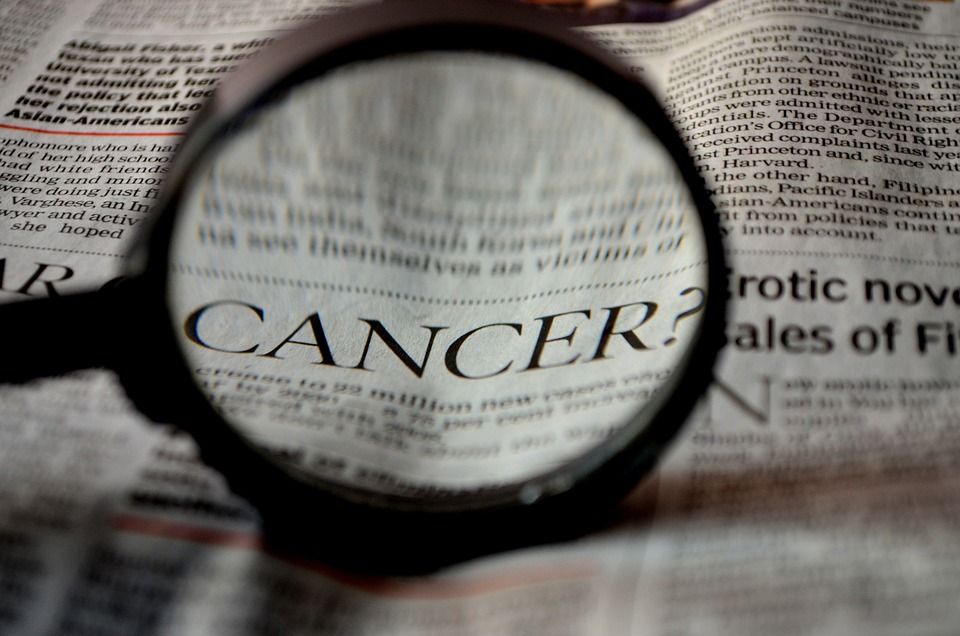
Difficulty swallowing (Dysphagia)
Jul-2022
Food that we eat is broken to small pieces by teeth. After adequate grinding and mixing with saliva in mouth, we swallow the formed food bolus. It travels through the food pipe (Esophagus) and reaches stomach. Food pipe is a long muscular tube passing through the chest. It connects mouth with the...

निगलने में कठिनाई (डिस्फेजिया)
Jul-2022
हमारे दांत खाने के छोटे-छोटे टुकड़े करता है। मुंह में लार के साथ पर्याप्त मिश्रण के बाद, हम भोजन के निवाले को निगलते है। यह भोजन नली (इसोफेगस) से होकर पेट तक पहुंचता है। फूड पाइप छाती से गुजरने वाली एक लंबी पेशी नली है। यह मुंह को पेट से जोड़ती है। भोजन के निवाले

पित्त की पथरी – कई परेशानियों की जड़
हमारा शरीर भोजन पचाने के लिए विभिन्न पाचक रसों का इस्तमाल करता है। पैंक्रियास (अग्न्याशय) इसका एक अहम् स्रोत है। लिवर (यकृत) से निकले पित्त के विभिन्न कार्य है। इनमे से एक पाचक रसों में पाए गए एन्ज़ाइम को चिकनाई पचाने में मदद करना है। पित्ताशय लिवर के निचले हिस्से में स्थित एक गुब्बारे जैसा

Gallstones – the tiny trouble makers in gallbladder
Jun-2022
Food that we consume is digested in our body using chemicals called enzymes. The pancreas is the main source of these. The liver secretes a fluid called bile. One of its many functions is to aid the enzymes to digest dietary fats. Gallbladder is like a small pliable balloon located on the undersu...

SILS (Single incision laparoscopic Surgery) Cholecystectomy
May-2021
SILS (Single incision laparoscopic Surgery) Cholecystectomy Laparoscopic cholecystectomy (Minimally invasive Surgery) has revolutionized management of symptomatic gallstones. With accumulating experience patient outcomes have improved. Today some centres even offer this procedure as a Day ca...

पीलिया
Sep-2020
पीलिया आंखें एवं त्वचा का पीलापन (पीलिया) बीमारी का अशुभ संकेत देता हैं। पीलिया के साथ अक्सर निम्नलिखित आसार भी दिखाई देते है : शब्द “पीलिया” की व्युत्पत्ति: पीलिया शब्द की उत्पत्ति फ्रेंच शब्द “जउन” से हुई है, जिसका अर्थ है पीला। डाक्टरी भाषा में पीलिया के लिए तकनीकी शब्द “इक्टेरस ” है। यह ग्रीक...

Jaundice
Sep-2020
Jaundice Yellowish discoloration of eyes, skin, and body fluids (Jaundice) has been long known to mankind as an ominous marker of disease. Jaundice is often accompanied by followed symptoms Etymology of word “Jaundice”: The term jaundice has its origins in the French word “jaune “meaning yel...

“CANCER IS CURABLE, IF DETECTED EARLY” – Knowing the symptoms of Gastrointestinal Cancers
Aug-2020
The mention of the word “Cancer” usually sends shivers down one’s spine. Understandably so. The helplessness and despondency associated with this disease, when diagnosed in late stages, is unparalleled. Gastrointestinal cancers are notorious for presenting late. Picking the right clues and ...

कैंसर – जल्द पकड़ में आये तो कुछ हो पाए
Aug-2020
“कैंसर” यह शब्द सुन कर अक्सर घबराहट होती है, रौंगटे खड़े हो जाते है। स्वाभाविक है। इस बीमारी से जुडी असाहयता और निराशा अत्यंत दुःखदायी है। भोजन प्रणाली के कैंसर का अक्सर देर से पता लगता है । प्राकृतिक सुराग को मद्देनज़र रखते इस बीमारी का जल्द निदान करना सबसे अधिक मदद करता है। लक्षणों
